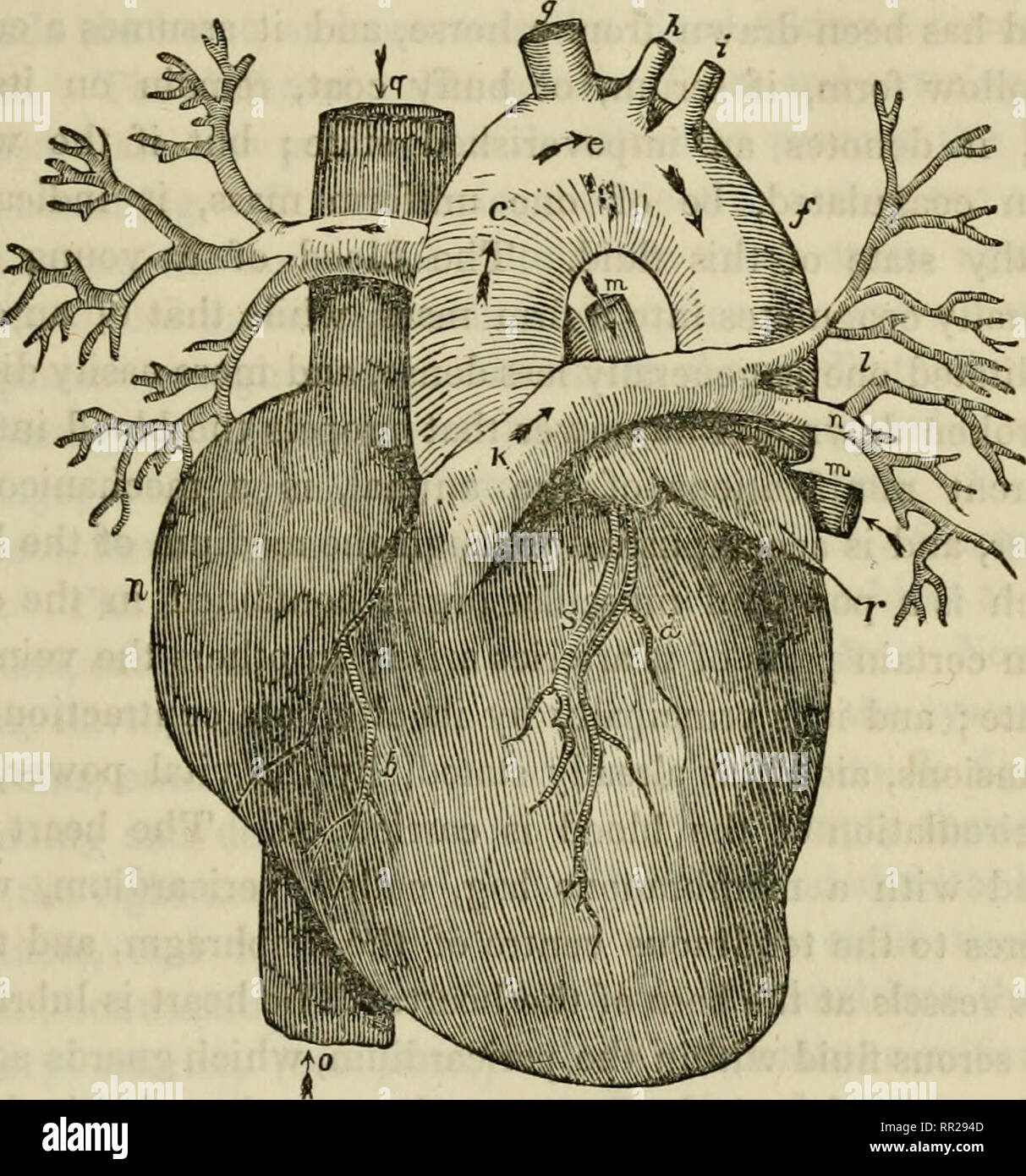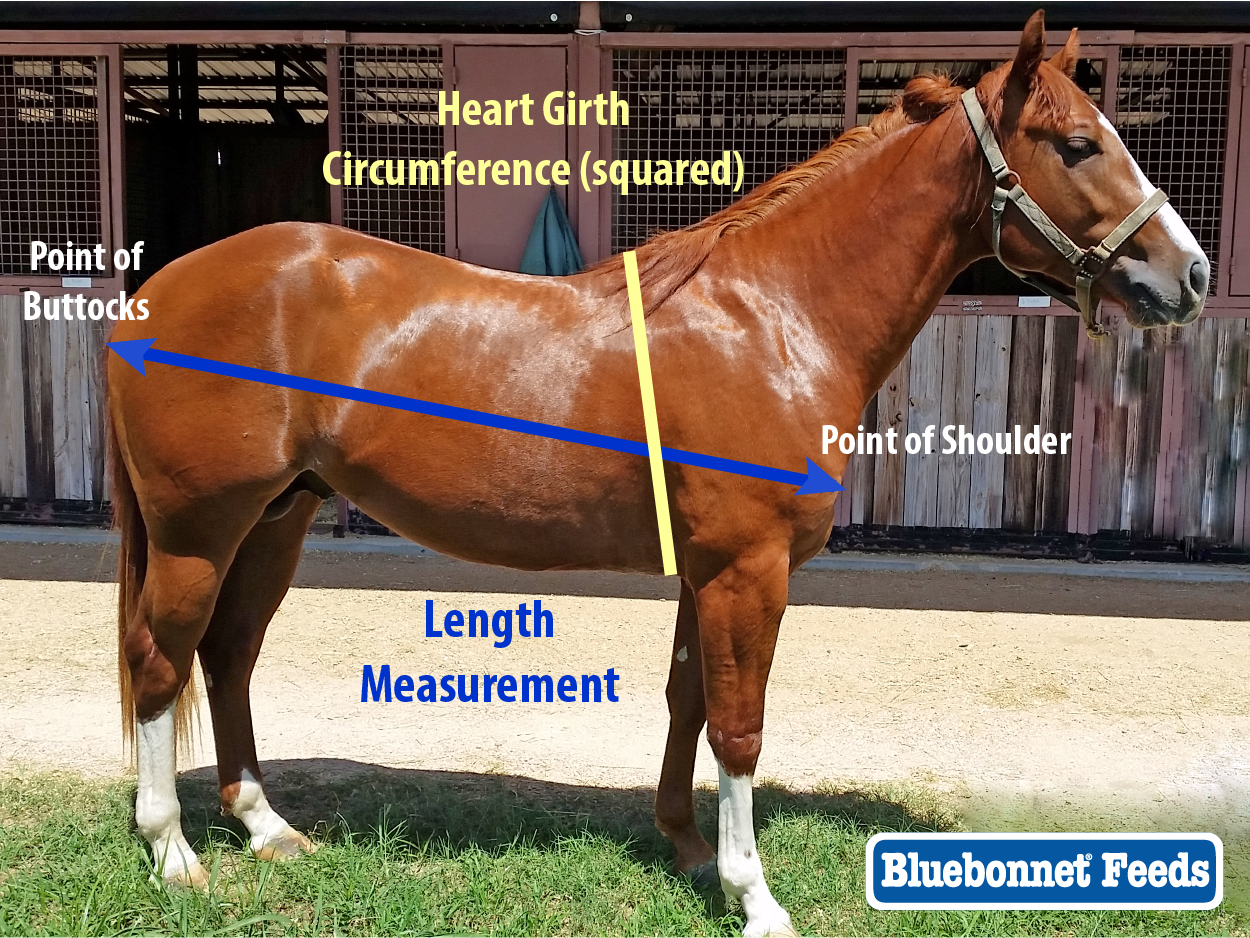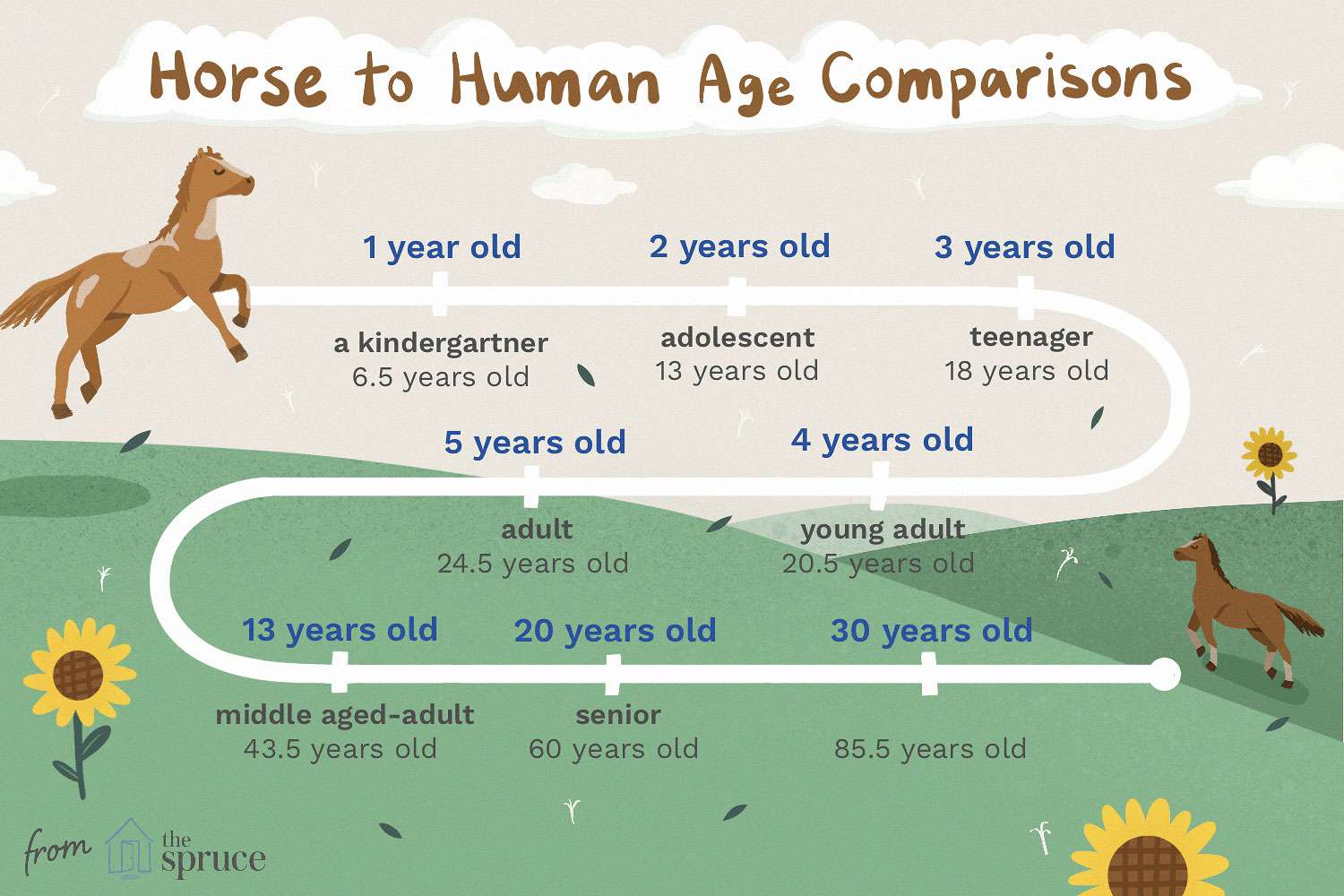Exploring the incredible anatomy of horses reveals their outstanding physical capabilities. One of the most fascinating aspects of equine biology is the size of their hearts. The horse heart is a vital organ that not only supports their impressive strength and endurance but also distinguishes them from other animals in terms of athletic ability.
The average horse heart size is quite remarkable. Here’s a quick overview:
- The average adult horse’s heart weighs about 3.6 kilograms (7.9 lb) and can be more than twice this size in some cases.
- Typical Thoroughbred hearts weigh in the 10-12 pound range.
- Secretariat, the legendary racehorse, had a heart that weighed an astonishing 22 pounds.
- The average size of a horse’s heart can be compared to that of a large melon, weighing around 8-10lbs.
Insights into Equine Cardiovascular Capacity

The substantial size of equine hearts underscores their impressive physical capabilities and the resilience of their cardiovascular systems. It is the unique physiology and the role of this organ in enabling high-performance among equines that is particularly remarkable, allowing them to sustain rigorous activity levels.
Variability in Heart Size Due to Various Factors
A multitude of elements can influence the size of an equine heart. Differences arise from the breed’s characteristics, the animal’s age, and its training regimen. For example, larger breeds such as draft horses may possess hearts that surpass the typical range found in Thoroughbreds, correlating with their increased muscle mass and the corresponding demand for greater blood circulation.
Distinctive Cardiovascular Traits Across Breeds
- Arabians: Smaller in stature but possess efficient hearts that enhance their endurance.
- Quarter Horses: Known for their agility and speed, indicative of a strong cardiovascular system despite a heart size that may not match larger breeds.
The Equine Heart’s Developmental Trajectory
As a horse matures from a foal to an adult, its heart grows accordingly, becoming a formidable organ that powers blood through the body’s extensive vascular system. This development supports the horse’s muscular framework and aids in rapid recuperation after physical exertion.
Enhanced Cardiovascular Characteristics in Thoroughbreds
Thoroughbreds exemplify the influence of selective breeding for cardiovascular strength that facilitates their racing abilities, often resulting in heart dimensions at the higher end of the spectrum.
The Impact of Environment and Lifestyle on Cardiovascular Health
Genetic predisposition aside, a horse’s heart is also shaped by environmental conditions and the lifestyle it leads. The demands placed on wild horses can result in the development of stronger hearts, while those bred for competition undergo specific exercise routines that influence their cardiovascular systems.
Cardiovascular Health and Dietary Needs
Ensuring a heart-healthy diet is vital for the proper development and maintenance of equine cardiac function. A nutritionally balanced diet aids in nurturing the myocardial tissue, essential for the heart’s peak performance.
Cardiac Growth Patterns Through Life Stages
| Stage | Description |
|---|---|
| Foal | Characterized by rapid heart growth in line with body development. |
| Yearling | Heart continues to grow, potentially influenced by the onset of training. |
| Adult | Heart reaches a size that reflects the horse’s physical demands and genetic background. |
Decoding the Truth Behind Equine Cardiovascular Myths
While it’s often believed that a larger heart is the definitive factor for racehorse success, it is actually the combination of genetics, training, and health that forges a champion. A comprehensive understanding of horse heart facts leads to a more informed perspective on equine athletic potential and the various influences that shape it.
Delving Deeper into the Functionality of the Equine Heart

The intricate design of the equine heart anatomy is a testament to the evolutionary adaptations that support the high-energy requirements of these animals. This complex pump system, consisting of four chambers and accessory structures, operates to deliver oxygenated blood throughout the body efficiently.
Cardiac Structure and Operation
Within the heart’s anatomy, each chamber and valve plays a critical role in the circulation process:
- Atria: These chambers collect returning blood and transfer it to the ventricles.
- Ventricles: They are responsible for propelling blood to the lungs and body tissues.
- Valves: Essential for preventing the reverse flow of blood, they ensure circulatory efficacy.
- Coronary Arteries: They provide the heart tissue with nutrients and oxygen.
The Heart’s Muscle and Automaticity
Cardiac muscle cells in the myocardium display automaticity, enabling the heart to maintain a steady rhythm that is fundamental for sustained endurance and performance in these animals.
Electrical Impulse Regulation
The equine heart’s natural pacemaker, the sinoatrial node, generates impulses that synchronize muscle contractions, thus regulating the heart rate to match activity demands.
The Relevance of Cardiac Efficiency
Cardiac output reflects the volume of blood the heart pumps, a crucial metric for gauging athletic horses’ performance capacity.
Blood Pressure Regulation
Equine blood pressure is an essential aspect of cardiovascular functionality, ensuring that blood reaches all body parts sufficiently.
Assessing Heart Condition in Horses
Veterinary diagnostics like electrocardiograms (ECGs) are employed to monitor and identify any cardiac anomalies in horses.
Oxygen Delivery by the Heart
The heart’s ability to pump oxygenated blood is critical, especially during intense activity, to meet the metabolic needs of muscle tissues.
Heart Muscle Adaptation through Training
Cardiac muscles can adapt and strengthen in response to consistent physical exertion, a necessary attribute for horses in regular athletic or work engagements.
Proactive Heart Health Strategies
Preventative healthcare, through regular veterinary checks, balanced nutrition, and exercise, is pivotal to averting heart conditions and extending the athletic life of horses.
Anatomy of a Record-Breaking Equine Heart

The heart of a horse is not only crucial for its survival but also a key indicator of its athletic capabilities. Secretariat, a Thoroughbred with a reputation for his remarkable performance, had a heart that weighed an immense 22 pounds. This extraordinary attribute is an outlier among equines and has garnered attention for its contribution to his legendary status in the racing world.
Distinguishing Features of an Uncommon Heart
- Chamber Capacity: The ability to hold and pump an increased volume of blood is a characteristic of larger hearts.
- Muscular Walls: Strength in the heart’s walls is necessary for forceful contractions that enhance circulation.
- Efficiency in Oxygenation: A heart’s size can correlate with its capacity to utilize oxygen, a crucial factor for sustained performance.
Genetic Wonders: Insights from Secretariat’s Cardiovascular System
The remarkable size of Secretariat’s heart is a product of genetic factors that contribute to the potential for larger heart growth, suggesting that these traits can be hereditary. The interplay of genetics with appropriate training and care facilitated the development of his heart, making it an example of the possibilities within equine genetics.
The Influence of Secretariat’s Heart on Breeding Techniques
Secretariat’s heart has motivated breeders to seek out and incorporate the genetic components linked to cardiovascular strength into their breeding plans. This has advanced the understanding of how genetic factors can impact the athletic abilities of horses, guiding breeders toward more precise selection practices.
Cardiovascular Health: A Pivotal Factor for Equine Athletes
Secretariat’s exceptional heart size, while atypical, has highlighted the essential connection between cardiovascular capacity and a horse’s performance. A robust cardiovascular system, often signified by a more substantial heart, plays a vital role in delivering ample blood and oxygen during physically demanding activities.
The Effects of Training on Heart Development
Structured exercise is crucial for a horse’s fitness and also influences the development of its heart. The phenomenon of exercise-induced cardiac growth demonstrates the adaptability of equine hearts to physical demands, showcasing their dynamic nature.
The enduring impact of Secretariat’s heart continues to captivate and inspire, underscoring the significance of the horse heart size in the context of equine athleticism and pointing to the fascinating extremes of the largest horse heart.
Cardiac Dimensions in the Animal Kingdom

Investigating the heart sizes within various species brings to light the adaptability of nature’s cardiovascular designs. A human heart, for example, typically weighs around 9 ounces, a stark contrast to the much heavier hearts found in horses. This disparity becomes even more pronounced when we consider the vast range of heart sizes that exist among different animals, each tailored to the specific needs of the species.
Proportionality of Heart and Body Size
- Whales: The blue whale’s heart can weigh up to 400 kg (880 lb), demonstrating the relationship between heart size and the scale of the animal.
- Elephants: With a heart that can weigh between 12 to 21 kg (26 to 46 lb), elephants have cardiovascular systems equipped to support their large bodies.
- Dogs: A dog’s heart weight varies from 0.25% to 0.75% of its body weight, with differences across breeds.
Heart Proportions in Birds Compared to Mammals
Heart sizes in birds often surpass those of mammals in proportion to body mass. Birds, such as hummingbirds, whose hearts make up 2.5% of their body weight, require larger hearts for the rigors of flight and high metabolic needs.
Heart Size Relative to Body Mass in Smaller Animals
In smaller species, heart size relative to body mass tends to be greater, as seen in rodents like mice, where the heart constitutes approximately 1.2% of their body mass.
Diverse Cardiac Sizes in Marine Species
| Species | Heart Size to Body Mass Ratio |
|---|---|
| Sharks | Comparatively lower than mammals, adapted to their marine habitat. |
| Dolphins | Reflective of their need for endurance and active aquatic lifestyle. |
| Fish | Exhibiting a broad range, some species have highly efficient, compact hearts. |
Distinctive Cardiac Structures in Reptiles and Amphibians
The less intricate cardiac architecture of reptiles and amphibians, often comprising three chambers, is indicative of their ectothermic metabolism and lower energy requirements. Crocodiles, however, have a four-chambered heart similar to mammals, supporting their vigorous and predatory nature.
Significance of Cardiac Size Variation
The vast differences in heart sizes among various species reflect the intricate balance between an organism’s way of life, its habitat, and the evolutionary shaping of its cardiovascular system, showcasing nature’s remarkable capacity for diversification and adaptation.
Cardiac Function: A Cornerstone of Equine Athleticism

The robust horse heart capacity is essential for sustaining the intense physical demands placed upon these majestic creatures. It is the engine that powers their athletic prowess, and the efficiency of this organ is directly linked to their ability to excel in different equestrian disciplines. A well-functioning heart, characterized by its volume and effective operation, is fundamental for horses to endure the rigors of sport or labor.
Significance of Heart Efficiency in Equine Stamina
In endurance racing and other prolonged activities, the heart’s ability to maintain consistent blood flow is crucial. The heart’s efficiency, reflected in cardiac output, is what allows these animals to perform over long distances without succumbing to fatigue.
Advantages of Superior Cardiac Function
Equines with a greater heart capacity enjoy several physiological advantages that are beneficial for their overall health and competitive edge:
- More efficient transport of essential nutrients and oxygen to muscle tissues.
- Faster removal of metabolic byproducts during rigorous activities.
- A lower resting heart rate due to increased stroke volume, which promotes energy conservation.
Heart Rate Dynamics During Intensive Exercise
When subjected to intense physical strain, horses can exhibit a rapid increase in heart rate, sometimes exceeding 200 beats per minute. This response showcases the heart’s remarkable capacity to meet the elevated demands of acute physical stress.
Assessing Stroke Volume in Equine Performance
Stroke volume, which is contingent upon factors such as the individual horse’s conditioning and exercise intensity, is a critical determinant of athletic performance. This measure of the volume of blood pumped with each heartbeat is central to understanding the limits and capabilities of a horse in action.
Respiratory-Cardiac Coupling in Horses
Horses are notable for their ‘respiratory-cardiac coupling,’ a mechanism where breathing rates align with heart rhythms, optimizing oxygen exchange during periods of exertion.
Heart Rate Recovery: A Metric of Equine Fitness
The rate at which a horse’s heart rate normalizes post-exercise serves as a reliable indicator of cardiovascular conditioning. Efficient recovery is typically associated with a heart well-adapted to rebound from strenuous activity.
Evaluating Cardiovascular Fitness in Competitive Horses
For competitive equines, particularly in racing, vigilant monitoring of heart health is crucial for gauging performance potential:
| Assessment | Relevance |
|---|---|
| Resting Heart Rate | A measure of the horse’s fundamental cardiovascular condition. |
| Maximum Heart Rate | Reflects the heart’s capability during the most intense exercise. |
| Heart Rate Variability | Relates to the control exerted by the nervous system and the horse’s stress response. |
The Impact of Cardiac Proficiency Across Riding Disciplines
The cardiovascular requirements can vary significantly between equestrian sports. Show jumping calls for short, intense energy surges, while disciplines like dressage require a more measured and consistent output. The heart’s capacity and its adaptability are crucial in meeting these varied demands.
Heart Development Through Conditioning
Targeted training programs can lead to beneficial changes in the equine heart, such as an increase in the size of the cardiac chambers and a thickening of the myocardial walls. These physiological developments play a substantial role in bolstering the horse’s cardiac capacity.
The exploration of equine cardiac function sheds light on the heart’s pivotal role in shaping a horse’s performance. The organ’s versatility and responsiveness to different levels of physical stress not only demonstrate the resilience of these animals but also underscore the necessity of specialized care and training to optimize their cardiovascular health and athletic capabilities.
Exploring the size of a horse’s body can be quite fascinating, from their impressive stature to the power of their internal organs. While you’re learning about how big a horse heart is, you might also be curious about other aspects of these majestic creatures. Discover more about their overall size in our article on how big is a horse, or delve into the respiratory system with our piece on how big horse lungs are. And if you’re interested in how these animals measure up height-wise, don’t miss our exploration of how tall is a horse. Each feature of the horse tells a story of adaptation and survival, perfect for equestrian enthusiasts and animal lovers alike.
Nurturing Equine Cardiovascular Health

Conditioning for Optimal Heart Health
Conditioning is essential for maintaining and improving horse cardiovascular health. Regular exercise can increase the strength of the heart muscle, allowing for a more efficient cardiovascular system.
Cardiovascular System and Exercise
The relationship between the cardiovascular system and exercise is a crucial aspect of equine health. Through proper training and care, the horse’s heart can be kept in peak condition, supporting the animal’s overall athletic potential.
For more detailed insights into equine heart health, you can visit The Equine Heart (Part 1): What Makes the Horse Such an Amazing Athlete? to understand the complexities and wonders of the horse heart.



